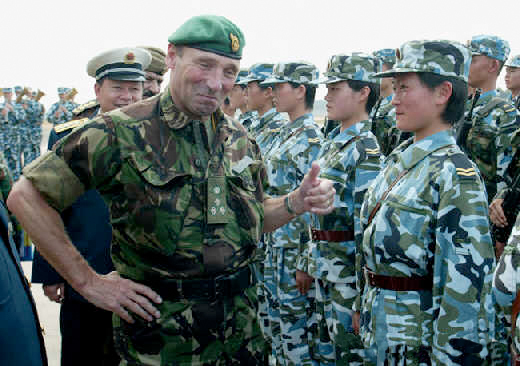The Stevens and Cory reports confirmed security force collusion in the killing of Pat Finucane in the shape of Brian Nelson, Billy Stobie and Ken Barrett.
Nelson was recruited by the British army’s Force Research Unit (FRU) to infiltrate the UDA in the mid 1980s.
From his position as the UDA’s most senior intelligence officer he supplied his FRU handlers with continuous intelligence on the activities of the loyalist terror group.
However, rather than this intelligence helping to save lives, Nelson and his FRU handlers actively supplied the UDA with information which resulted in up to a dozen murders.
Judge Cory found ’’worrisome’’ evidence that Nelson’s handlers passed on intelligence to him, including the registration of a car used by Sinn Fein’s Alex Maskey.
Maskey was later shot and seriously wounded.
Nelson would later plead guilty to conspiracy to murder the Sinn Fein councillor.
FRU documents uncovered by Stevens disclosed how on another occasion Nelson told a handler that he was having difficulties targeting a suspected republican.
The documents show that the FRU handler then carried out surveillance on the home of the would-be murder victim and supplied Nelson with photographs of the house so that he could produce a useful targeting package and thereby “impress” his UDA superiors.
While FRU handlers denied passing on intelligence a statement by Nelson to the Stevens team in 1993 revealed that one of his handlers had gone through his UDA intelligence files “weeding out” out of date material.
Nelson would later tell Stevens’ detectives that he had warned his FRU handlers up to eight weeks prior to the solicitor’s murder that he was to be targeted.
Through out Nelson’s role as a double agent Gordon Kerr was the officer commanding FRU in Northern Ireland.
Nelson later claimed in a prison journal that Kerr had driven a scout car to protect the agent as he moved intelligence documents for the UDA.
He further alleged that Kerr had suggested that the UDA should carry out a bomb attack on an oil refinery in Co Cork to put pressure on the Irish government at a time when it was resisting efforts to extradite republican suspects back to the north.
At Nelson’s trial in 1992 Kerr gave evidence in which he claimed that intelligence supplied by the agent had saved 214 lives, with only three fatalities.
However Kerr’s evidence was later called into question, with Cory concluding:
“Some might think that the testimony of the CO of FRU (Kerr) was, at the very least, misleading. In fact, on further scrutiny, it becomes even more questionable. During a chance meeting shortly after his testimony, (Kerr) told Chief Superintendent McFadden, of the Stevens Inquiry team, that he had made a “script” of his evidence and it was approved by others in authority.
“He later denied making such a comment. If he did make that comment one might wonder why a script was necessary and whether it indicates that something less than the truth was to be stated.”
After having visited Nelson in prison in 1992, Kerr wrote:
“We then talked a little about the Stevens interview technique and how he had been under the impression he was helping them to `clean up the UDA’ rather than talking himself into the dock.
“I summarised the position by gently reminding him that if he had obeyed the advice of his handler he would never have spoken to the Inquiry Team, would not have divulged his role, and would not have been prosecuted.”
When Nelson accused FRU of having placed him in an impossible position inside the UDA, Kerr concluded:
“It was not a very convincing excuse, but it indicated to me that he had really collapsed under the weight of his situation and once he started talking he could not stop. In fact he had been presented with a perfectly good cover story for the UDA i.e. he would tell his colleagues that he had destroyed the dump because he did not want it found by the Stevens Inquiry.”
Cory concluded that Kerr’s actions reflected a “pattern of conduct and an attitude consistent with acts of collusion taking place” and said that only a public inquiry could conclusively decide whether agents of the state were guilty of collusion in the murder of its citizens.
“In this case only a public inquiry will suffice. Without public scrutiny doubts based solely on myth and suspicion will linger long, fester and spread their malignant infection throughout the Northern Ireland community.”
